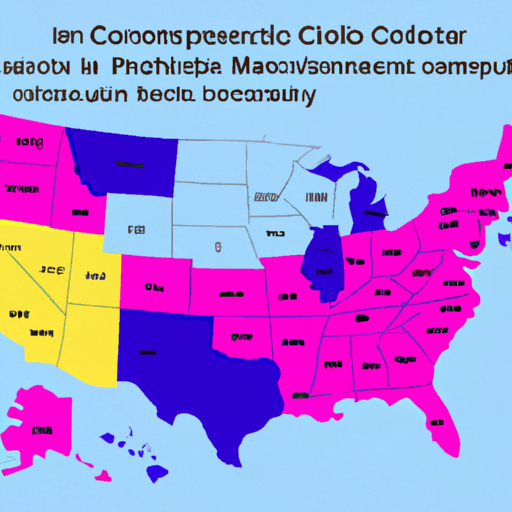“In 1792, 400 acres (were set apart for school purposes) at Dartmouth… By surveys conducted in 1813 previous land grants for schools were supplemented by an addition of 4,625 acres comprising tracts in twelve settlements in different parts of the province. These latter parcels of land were made in favor of the Chief Justice of the province to be held in trust by the Bishop and the Secretary.
These land concessions for school purposes were made in conformity with the agreement of the Lords of Trade with the S. P. G. in 1749; the Royal Orders issued to Governor Cornwallis in 1749, and the more recent instructions given Governor Lawrence in 1756 authorizing him to reserve “a particular spot in or near each town for the building of a church and four hundred acres adjacent thereto for the maintenance of a minister and two hundred acres for a schoolmaster;” and to retain, likewise, over and above the stated amount, one hundred acres in each township free of quit rent for ten years, for the use of all schoolmasters sent out by the Society. Prior to 1766 ministers of the Church of England exercised a sort of guardianship over the school plots lying in their respective parishes pending their occupation by duly appointed teachers.
But because of a school law passed by the Nova Scotia Legislature in that year administration of all school lands in the province was vested in a board of trustees endowed with corporate powers. Usually the ministers of the parishes in which the lands were situated and the church wardens were named trustees. From this circumstance, partly, the view came to prevail that the original intention was to reserve these lands exclusively for the benefit of S.P.G. teachers although there had been no express agreement to that effect.”
Thibeau, Patrick Wilfrid, 1892-. “Education In Nova Scotia Before 1811 …” Washington, D.C., 1922. https://catalog.hathitrust.org/Record/001065201










